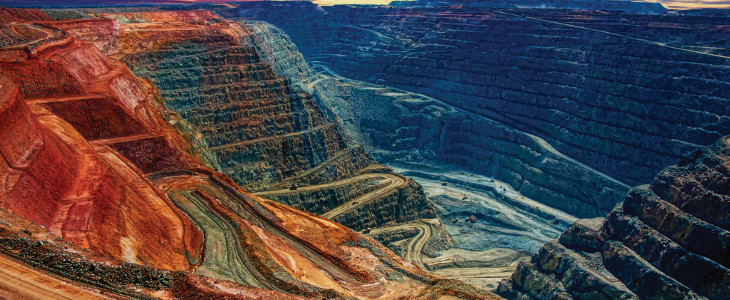Tax Planning Strategy 153 | Junior Mineral Exploration Tax Credit
The Junior Mineral Exploration Tax Credit (JMETC) encourages non-mining investors to invest in exploration companies and help fund their exploration activity. The JMETC allows mining companies undertaking exploration to renounce their deductions for exploration, and pass the benefits of those deductions onto shareholders. The shareholders can then use the credits to reduce their tax payable on other income (such as wages). The JMETC commenced on 1st July 2017 and applies for 4 financial years.
A greenfield mineral explorer is eligible to apply the JMETC scheme if it is undertaking a new capital raising and has not carried on any mining operations during the income year or over the preceding year. To be eligible to receive the JMETC investors must be Australian tax residents for the whole income year in which the credits are received.
An eligible exploration company must first choose to renounce a portion of its exploration losses in an income year (up to its maximum exploration credit amount). The credit will then be available to investors in the subsequent financial year (similar to the franking system). Investors will be entitled to a franking credit equal to the amount of JMETC credit received. The credit must be claimed in the year of issue and is non-transferrable.
Mining in Australia
Mining contributed significantly to preventing potential bankruptcy for the early colonies in Australia. In 1851, gold was found near Ophir, New South Wales. Weeks later, gold was found in the newly established colony of Victoria. The Victorian Gold Rush made Victoria Australia’s richest colony by far, and Melbourne the island’s largest city.
By the middle of the 1850s, 40% of the world’s gold was produced in Australia. Australia’s population changed dramatically as a result of the gold rushes: in 1851 the population was 437,655 and a decade later it was 1,151,957; the rapid growth was predominantly a result of the new immigrants from the United Kingdom.
Australia mining – the facts:
- Contributes 5.6% of Australia’s GDP.
- Mineral exports contribute 35% of Australia’s exports.
- The resource sector represents 20% of the Australian Stock Exchange market capitalisation.
- Australia has mining activity in all of its states and territories.
- Only 0.02% of Australia’s land surface is directly impacted by mining.
- Australia is the world’s second largest supplier of iron ore (after China), supplying 824 million metric tonnes, 25% of the world’s output.
- Australia is the world’s fourth largest producer of Nickle, producing 9% of world output.
- Australia is the world’s largest producer of bauxite (29% of world production), and the second largest producer of alumina.
- Australia is the world’s 5th largest producer of Copper.
- Australia is the second largest producer of Gold (287.3 metric tonnes, 9.2% of the world’s output).
- Australia produced 11th of the worlds production of Uranium (third largest producer after Kazakhstan and Canada).
- Australia has the third largest commercially viable Diamond deposits (after Russia and Botswana).
- Australia is the world’s largest exporter of coal.
- Australia is world’s third largest producer of LNG and forecast to be world leader by 2020.
Upcoming mining IPO’s: - AIC Resources Limited
- Carawine Resources Ltd
- First Cobalt Corp
- Lustrum Minerals Ltd
"You’d be stupid not to try to cut your tax bill and those that don’t are stupid in business"
- Bono: U2





